Monuments at Houses for Healing
GOLGOTHA
In the Gospels of the Bible we read that Jesus Christ was crucified for our sins at a place called Golgotha (Matthew 27:33, Mark 15:22, John 19:17), which in Aramaic means “place of the skull.” The Latin word for skull is calvaria, and in English many Christians refer to the site of the crucifixion as Calvary.
There are a few different explanations as to why it is called Golgotha OR “place of the skull”. The first being that it was a spot where skulls were to be found lying about and probably, therefore, a public place of execution. The second being that it was named due to the skull-like shape of the hill. The third being that the name is due to an ancient pre-Christian tradition that the skull of Adam was found there.
The skull-like shape of the hill, named Skull Hill, so called because the two caves in the sheer face look something like the eye sockets of a skull.
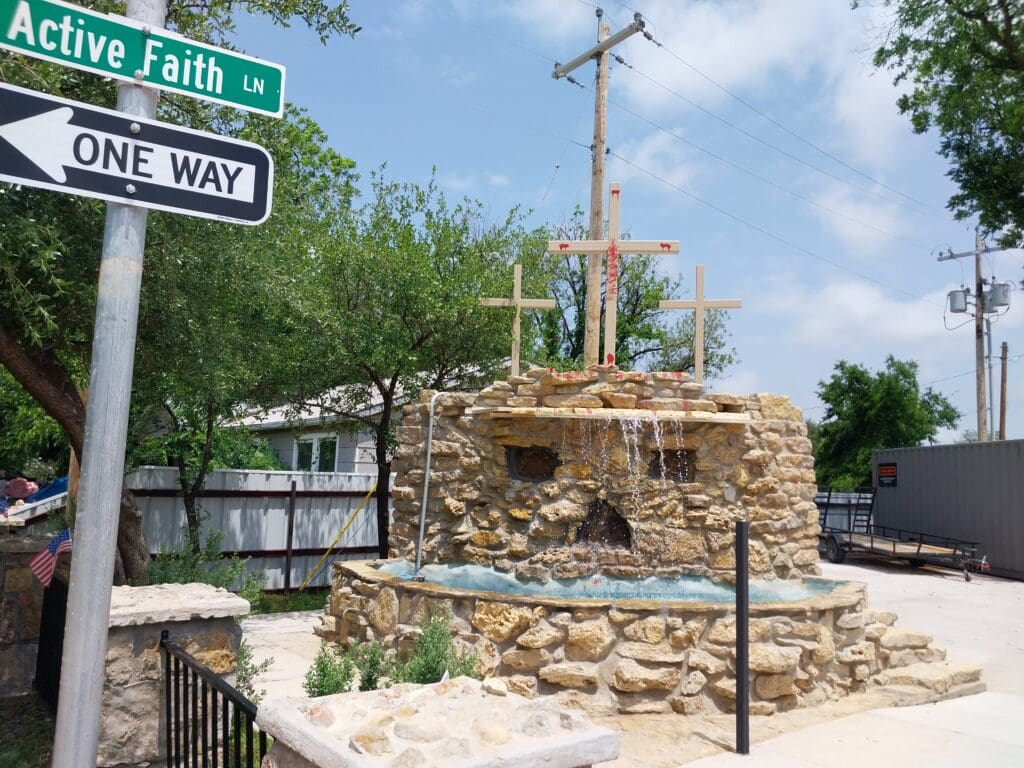
On the day of Jesus’ crucifixion, he was tortured and beaten, and then a crown of thorns was placed on his head. Two others, who were criminals, were led away to be put to death with him. And when they came to the place that is called The Skull, there they crucified him, and the criminals, one on his right and one on his left. And Jesus said, “Father, forgive them, for they know not what they do.” And they cast lots to divide his garments. And the people stood by, watching, but the rulers scoffed at him, saying, “He saved others; let him save himself, if he is the Christ of God, his Chosen One!” The soldiers also mocked him, coming up and offering him sour wine and saying, “If you are the King of the Jews, save yourself!” There was also an inscription over him, “This is the King of the Jews.” One of the criminals who were hanged railed at him, saying, “Are you not the Christ? Save yourself and us!” But the other rebuked him, saying, “Do you not fear God, since you are under the same sentence of condemnation? And we indeed justly, for we are receiving the due reward of our deeds; but this man has done nothing wrong.” And he said, “Jesus, remember me when you come into your kingdom.” And he said to him, “Truly, I say to you, today you will be with me in paradise.” Luke 23:32-43
During crucifixion, the time comes when it becomes harder to breathe. Those being crucified would push their feet against the cross and push up with their legs to catch a breath. On the day of Jesus’ crucifixion, the Jews were concerned that the bodies of the crucified needed to be down off the crosses before the Sabbath. The guards broke the legs of the man on the cross to the right of Jesus. Then the guard broke the legs of the man on the cross to the left of Jesus. Not so in the case of Jesus. When the guard saw that Jesus was already dead, there was no need to break his legs. This fulfilled the Old Testament prophecy, Moses and David had predicted of the Passover Lamb, who is Jesus:
“They shall leave none of it until morning, nor break one of its bones. According to all the ordinances of the Passover they shall keep it.” Numbers 9:12
He keeps all his bones, not one of them is broken. Psalm 34:20
The New Testament narrative affirms this and states:
“Therefore, because it was the Preparation Day, that the bodies should not remain on the cross on the Sabbath (for that Sabbath was a high day). The Jews asked Pilate that their legs might be broken, and that they might be taken away. Then the soldiers came and broke the legs of the first and of the other who was crucified with Him. But when they came to Jesus and saw that He was already dead, they did not break His legs.” John 19:31-33
THE CROSS
Crucifixion was, in obvious ways, a death sentence. It was a method of execution that was designed to prolong suffering for days at a time but which would, ultimately, always end in death. For this reason, the cross became known in the ancient world for being a symbol of death. It is so much more…Jesus Christ died for sinners.
But God showed his great love for us by sending Christ
to die for us while we were still sinners. Romans 5:8
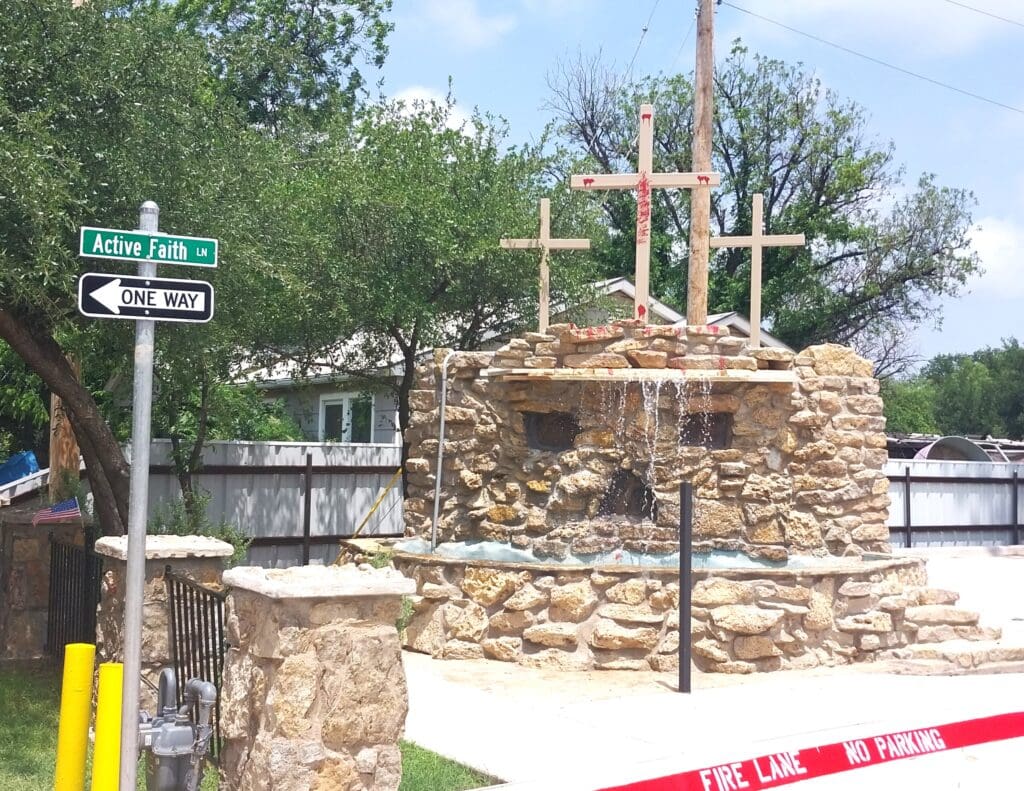
Jesus still loves sinners. He came and gave his life for them. The message of the Cross remains a gift of love to those undeserving. Above all, the Cross is a symbol of Love. The cross is also Personal. Personal because Jesus died for sinners, was buried, and resurrected, to give us eternal life with Him through being reconciled back to God. He died because He wants us to know Him, and Him to know us. His sacrifice for us covers all our sins. The cross is also Willful Humility. He did not die because it was forced upon Him. Jesus chose to go the cross for us. It was a choice. A choice made in love. The cross is also Prophetic. There are many prophecies of the Cross in the Bible from Genesis to Revelation. From the beginning of time, God has been planning to rescue humanity from the clutches of evil by horrific death on a cross.
“Surely he has borne our griefs and carried our sorrows yet we esteemed him stricken, smitten by God, and afflicted. But he was pierced for our transgressions; he was crushed for our iniquities; upon him was the chastisement that brought us peace, and with his wounds we are healed. Isaiah 53:4-5
Lastly, the cross is Final. Jesus said, “it is finished”, bowed His head and gave up His spirit. Your sins are forgiven! Jesus has taken all our sins on the cross where He died. The debt is paid for us. Look to the Cross and receive your salvation.
The significance of the cross doesn’t stop at Jesus dying on the cross for our sins. He was resurrected from the grave and sits at the Right Hand of God the Father in heaven. If Jesus remained dead and was never resurrected: He would be of no value to us, He would have died in vain, and we would never have eternal life with Him. Jesus is a living God, the ONLY TRUE AND LIVING GOD.
AT THE FOOT OF THE CROSS IS WATER…Jesus Christ said He is Living Water.
…but whoever drinks of the water that I will give him will never be thirsty again. The water that I will give him will become in him a spring of water welling up to eternal life.” John 4:14
John the Baptist, who proclaimed the coming of Jesus in the message to “Repent and be baptized.”
The message was further declared after Jesus’ death and resurrection.
And Paul said, “John baptized with the baptism of repentance, telling the people to believe in the one who was to come after him, that is, Jesus.” Acts 19:4
And Peter said to them, “Repent and be baptized every one of you in the name of Jesus Christ for the forgiveness of your sins, and you will receive the gift of the Holy Spirit.” Acts 2:38
On the last day of the feast, the great day, Jesus stood up and cried out, “If anyone thirsts, let him come to me and drink. Whoever believes in me, as the Scripture has said, ‘Out of his heart will flow rivers of living water”. John 7:37-38
God’s Holy Spirit, refreshes us, quenches our spiritual thirst, cleanses us, brings forth life wherever He flows – rain of heaven.
See Houses For Healing staff if you would like to be baptized here at the base of Golgotha.
THE EMPTY TOMB
The Bible teaches that Jesus was crucified on a Roman cross and then buried in a borrowed tomb. But, on the third day after his crucifixion, the women who had been followers went to his tomb and found it empty. They told the disciples, some of whom also went to the tomb and found it empty. And they left wondering what had happened to Jesus’ body?
But while the resurrection and the empty tomb are bound together, they are distinct. In the resurrection, Jesus demonstrated his mastery over death and it holds promise for believers as well; that we also will have victory over death.

But, unlike the resurrection, the empty tomb does not do anything for us. Instead, it tells us something. It tells us that the grave could not hold Jesus. That he bodily rose from the grave: There was a violent earthquake, for an angel of the Lord came down from heaven and, going to the tomb, rolled back the stone and sat on it. His appearance was like lightning, and his clothes were white as snow. The guards were so afraid of him that they shook and became like dead men. The angel said to the women, “Do not be afraid, for I know that you are looking for Jesus, who was crucified. He is not here; he has risen, just as he said. Come and see the place where he lay. Then go quickly and tell his disciples: ‘He has risen from the dead and is going ahead of you into Galilee. There you will see him.’ Now I have told you.” So the women hurried away from the tomb, afraid yet filled with joy, and ran to tell his disciples. Suddenly Jesus met them. “Greetings,” he said. They came to him, clasped his feet and worshipped him. Then Jesus said to them, “Do not be afraid. Go and tell my brothers to go to Galilee; there they will see me.” Matthew 28:2-10
There is no evidence anywhere in the ancient world that anyone disputed that the tomb of Jesus was empty on Sunday morning, not even those who crucified Jesus. And they were the ones who stood most to gain by simply hauling out the body of Jesus, pointing to it, confirming his identity, and forever putting Christianity in the grave as well. But they didn’t.
When the angel appeared to the women at the empty grave, he told them, “He is not here; he has risen, just as he said. Come and see the place where he lay.” The empty tomb told them that Jesus had indeed been raised. It was evidence to the bodily resurrection of Jesus. That death could not hold Him. And, secondarily, because Jesus has risen, we can look forward to our own resurrection as well. The empty tomb demonstrates that death is not the end of the journey. There is much more to come.

SPLIT ROCK OF REPHIDIM
The last place where the Israelites encamp before reaching Mount Sinai is at a place called Rephidim (Exodus chapter 17).
Here, the population is desperate for water, causing great uproar against Moses. The Israelites complain, “Why did you bring us up out of Egypt to make us and our children and livestock die of thirst?”
According to the Exodus story, God tells Moses to “go out in front of the people” with some of the elders of Israel. God says He will “stand there before you by the rock at Horeb.” The text seems to indicate that the rock is distinct and in front of wherever the Israelites are camping.
God tells Moses to strike “the rock in Horeb,” which causes streams of water to flow from the rock for the population to drink from. The Biblical account states elsewhere that this happens with a “tremble,” indicating seismic activity (Psalms 78:9-16). It also says that the rock was split and waters “gushed out” from that split (Isaiah 48:21).
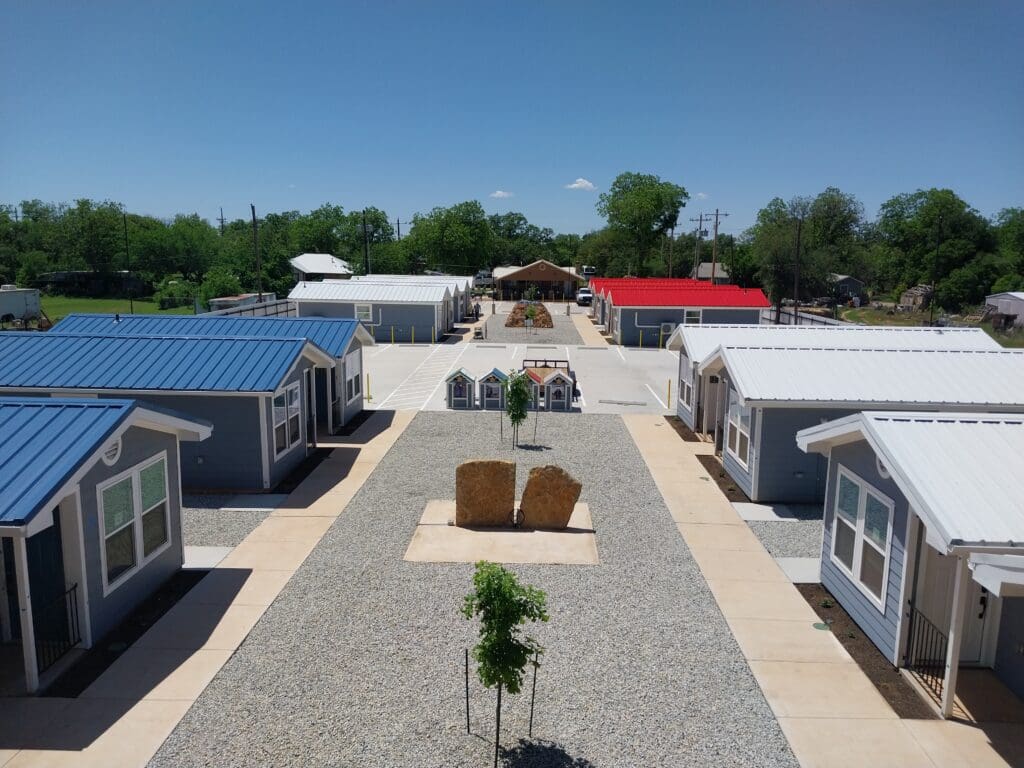
It also more specifically indicates that the water came downwards from the rock (Psalm 78:16), indicating that the rock was elevated. It is also fair to suggest that the rock would be large enough and high enough for a significant portion of the population to see, rather than rely solely upon the eyewitness accounts of Moses and the elders.
The book of Psalms also mentions how this happened “in the wilderness,” referring to the isolated mountainous terrain that the Israelites go through on the Exodus trip to Mount Sinai.
Moses names this specific area within Rephidim as “Massa and Meribah.” The former means “testing” and the latter means “quarreling.”
When Moses had received this command from God, he came to the people, who waited for him, and looked upon him, for they saw already that he was coming apace from his eminence. As soon as he was come, he told them that God would deliver them from their present distress and grant them an unexpected favor; and informed them, that a river should run for their sakes out of the rock. But they were amazed at that hearing, supposing they were of necessity to cut the rock in pieces, now they were distressed by their thirst and by their journey; while Moses only smiting the rock with his rod, opened a passage, and out of it burst water, and that in great abundance, and very clear. But they were astonished at this wonderful effect; and, as it were, quenched their thirst by the very sight of it.
However, the greatest lesson we can learn is that God saved His people with water from a rock, to show His people the Living Water from Christ the Rock, whose body was broken for us, and whose outstretched arms on the cross demonstrated the greatest love anyone could ever know.
CAVE OF ELIJAH
According to 1 Kings chapter 19, the prophet Elijah stayed in a cave on Mount Horeb/Sinai and interacted with God there. In this favorite story, Elijah comes down from his encounter with the prophets of Baal by immediately fleeing from a threat on his life. Convinced that the people have rejected God and he’s the last follower of God left, that the prophets have failed and have been killed, he hides in a cave. God disillusions him of his false understanding of how God’s plan in unfolding.
It begins with Elijah fleeing for his life from Ahaz and Jezebel. He traveled “a day’s journey into the wilderness” from Beersheba in Judea.

From there, Elijah traveled 40 days and 40 nights to “Horeb, the mountain of God.” Once he arrived, he found a cave to sleep in for the night.
The next day, God instructed Elijah to “go out and stand on the mountain in the presence of the Lord, for the Lord is about to pass by.”
There was then a tremendous wind that caused rocks to fall, an earthquake, and a fire. Elijah was protected as the Lord was not “in” the phenomenon. After the dangerous weather was over, Elijah heard a “gentle whisper” from God and then “pulled a cloak over his face and went out and stood at the mouth of the cave.”
God took Elijah back through His first question. God “whispered” to Elijah. The Hebrew just means “a calm voice”. That in and of itself rocked Elijah’s world. Maybe he was like the zealots in Jesus’ day who wanted God to destroy their enemies. But Jesus came to love and to serve and to give His life. God did not speak in the destruction and calamity, He spoke in a calm, compassionate voice. This got Elijah’s attention. I love the detail of him covering his face before going out.
The Lord comforted Elijah and told him there were many Israelites who still worshipped the Lord. The Lord asked Elijah to return home and prepare another prophet.
Based on this record there must be a distinct and visible cave on Mount Sinai that would be noticeable upon a first visit. It must also be accessible.
The cave must be large enough to accommodate a person and deep enough for that person to sleep in out of view of predators. It should also be shaped so that Elijah could stand on the mouth of the cave or just in front of the mouth of the cave and converse with God.
One of the most sacred caves in the Holy Land. According to all faiths, this site was named after the prophet Elijah who was based in Mount Carmel, he lived and hid here.
Elijah performed many miracles including reviving the dead, bringing fire down from the sky, and it is said that he went to Heaven without dying. Elisha the prophet was a disciple of Elijah and a devoted follower. He took over the mantle as the spiritual leader of his time. The Book of Malachi prophesies Elijah’s return before the coming of the promised one to Israel, Jesus Christ.
Mt Sinai
This is the place where divine revelation from God appeared to Moses – an gave him the Ten Commandments, not once, but twice.
More than 3000 years ago, at the foot of Mt Sinai, Moses, who was soon to become leader of the children of Israel encountered a strange sight: a burning bush that was not consumed by its flames. Stranger still, the bush spoke, In the Bible, in the book of Exodus, describes the voice of God calling to Moses from within the bush, admonishing him, “Take off your sandals, for the place where you stand is holy ground”.
Much happened at Mt. Sinai, the place where God spoke:
God communicated the Ten Commandments
The Ten Commandments were etched on tablets on Mt. Sinai
Entire Torah was communicated there
Moses saw the burning bush
Rocks were etched with thorns
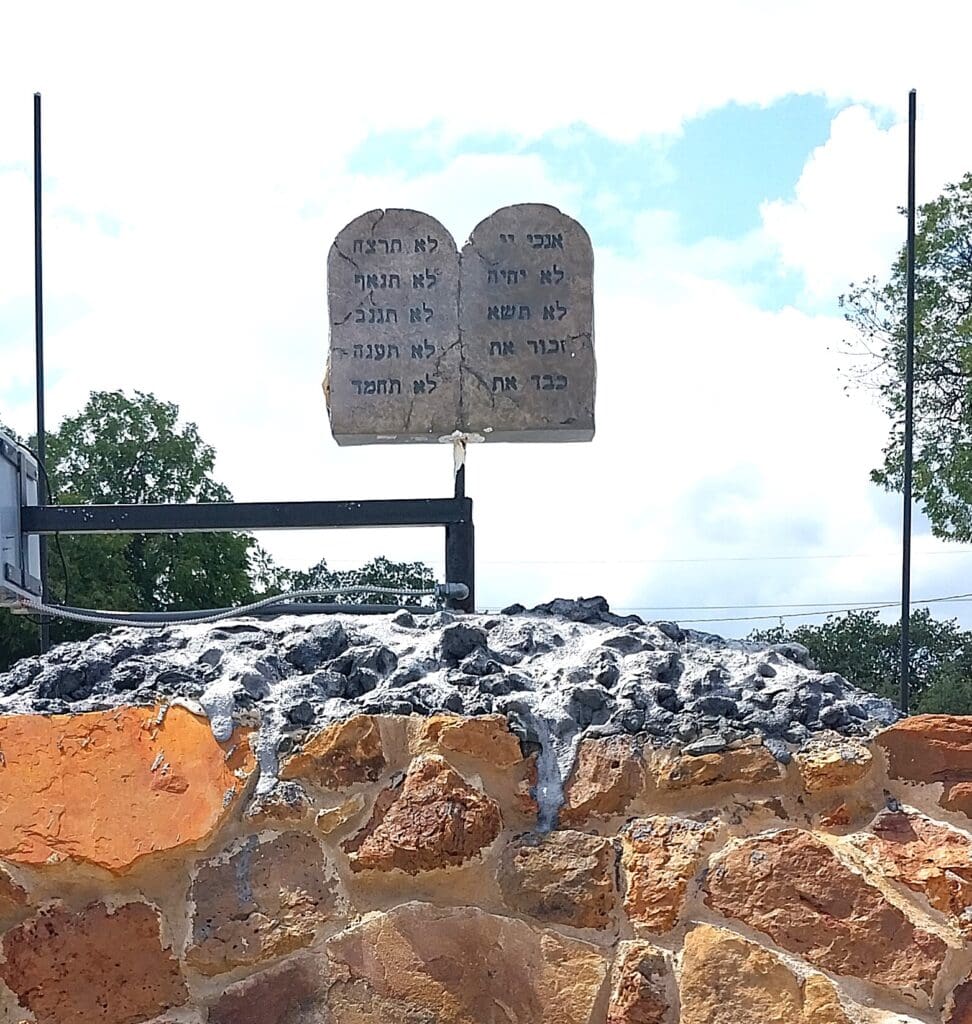
At the foot of Mt. Sinai, is the 1700 year old Monastery of St. Catherine, the world’s oldest continuously operating Christian monastery. Father Justin Sinaites, a librarian for St. Catherines explained: “Living here you become intensely aware of the history of the area. There has been an amazing continuity that defies all human explanation. The only explanation is that it’s a place protected by God”.
Mount Sinai itself is not holy, however, the Lord dwelling on top of that mountain made it holy.
There are only a few covenants in the Bible made by God with man. One of these is the Mosaic covenant which occurred at Mount Sinai. This mountain is a symbol of covenant and a reminder that the Lord meets with us.

Mount Sinai is one of the most holy and valuable places mentioned in Scripture because it is a place where God met man, the location of the Mosaic Covenant, and the Mountain of great mercy on behalf of the Lord. God had just given Moses the Ten Commandments and he was coming down the mountain with the two tablets, when he saw the people dancing around a golden calf they had built. The two tablets of the covenant were in his two hands. Moses declared to the people they had sinned against the Lord your God, making for themselves You had made yourselves a golden calf and turned aside quickly from the way that the Lord had commanded you. Moses took hold of the two tablets and threw them out of his two hands and broke them before the peoples’ eyes. The Holy Scriptures tell us in Exodus 32:20 that Moses took the calf that the people of Israel had made and burned it with fire. He ground it to powder and scattered it on the water and made the people of Israel drink it.
This was a serious thing to God and Moses. God’s Holy Laws had been given in Love, instructing the Children of Israel how to live their lives, honoring God because of His love for them, and us.
God could not have given Moses the Ten Commandments a second time, if it were not for God, being rich in tender mercies toward us. As we think about the breaking of the two tablets over the idolatry of the people, we remember the sins of Adam and Eve breaking their union with God.
As we ponder Moses, interceding and going back to God on behalf of the people who could not even touch the mountain due to its holiness, we remember the foreshadowing of Jesus Himself going up to the cross on our behalf.
The Holy Scriptures, in Exodus 34:1-10 tell of Moses’ being commanded by God: The Lord said to Moses, “Cut for yourself two tablets of stone like the first, and I will write on the tablets the words that were on the first tablets, which you broke. Be ready by the morning, and come up in the morning to Mount Sinai, and present yourself there to me on the top of the mountain. No one shall come up with you, and let no one be seen throughout all the mountain. Let no flocks or herds graze opposite that mountain.” So Moses cut two tablets of stone like the first. And he rose early in the morning and went up on Mount Sinai, as the Lord had commanded him, and took in his hand two tablets of stone. The Lord descended in the cloud and stood with him there and proclaimed the name of the Lord. The Lord passed before him and proclaimed, “The Lord, the Lord, a God merciful and gracious, slow to anger, and abounding in steadfast love and faithfulness, keeping steadfast love for thousands, forgiving iniquity and transgression and sin, but who will by no means clear the guilty, visiting the iniquity of the fathers on the children and the children’s children, to the third and the fourth generation.” And Moses quickly bowed his head toward the earth and worshiped. And he said, “If now I have found favor in your sight, O Lord, please let the Lord go in the midst of us, for it is a stiff-necked people, and pardon our iniquity and our sin, and take us for your inheritance.” And God said, “Behold, I am making a covenant. Before all your people I will do marvels, such as have not been created in all the earth or in any nation. And all the people among whom you are shall see the work of the Lord, for it is an awesome thing that I will do with you.
As we think on the second time God wrote the commandments on the tablets, God remembered His covenant He had made with His people and renewed it. Further reflection on this moves us to remember the covenant that would come through Jesus Christ.
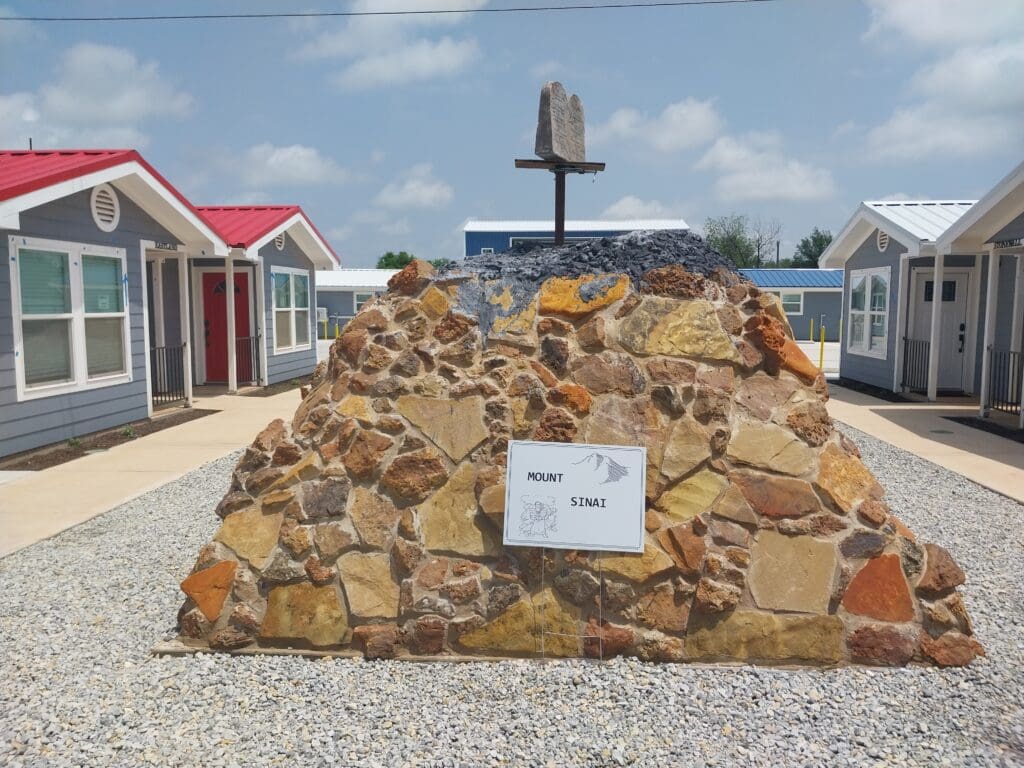
This is the covenant God provides through His Son, Jesus Christ, for us. Jesus died for us, sinners. All of us have sinned and fall short of the glory of God. There is none righteous, not one. Our sin has separated us from God. No one will be reconciled back to God, except through His Son, Jesus Christ, who died on the cross in our place to pay the penalty for our sins. You must individually receive Jesus Christ as Savior and Lord. You receive Jesus Christ by personal invitation: (Christ speaking) “Here I Am! I stand at the door and knock. If anyone hears My voice and opens the door, I will come in and eat with him, and he with Me”. If you desire to receive Christ by faith through prayer, say: Lord Jesus, I want to know You personally. Thank you for dying on the cross for my sins. I open the door of my life and receive You as My Savior and Lord. Thank you for forgiving me of my sins and giving me eternal life. Make me the kind of person You want me to be. AMEN.
Christ has now come into your life, your sins have been forgiven, you became a child of God, you have received eternal life, and you are beginning the great adventure for which God created you for. Call the pastor of a nearby church where Christ is honored and His word is preached. You are not meant to be on your new journey alone.
You were created to be in fellowship with God and other Christian believers. Enjoy your new relationship with God!
